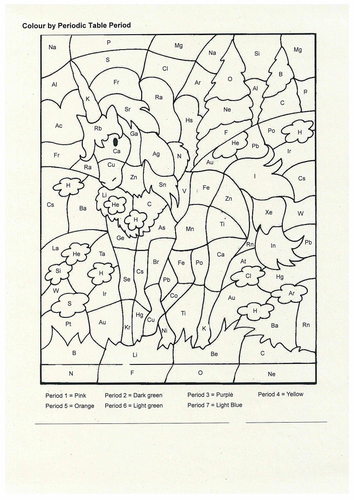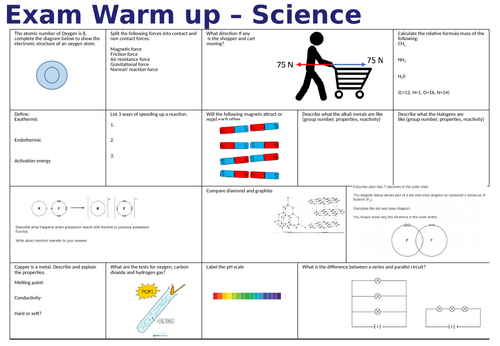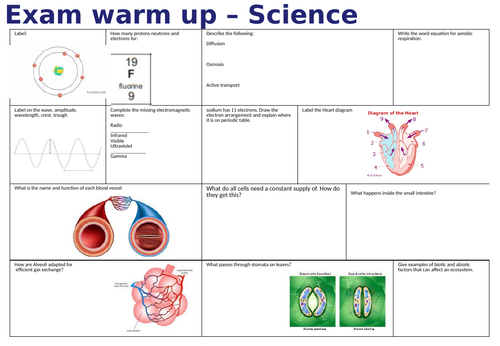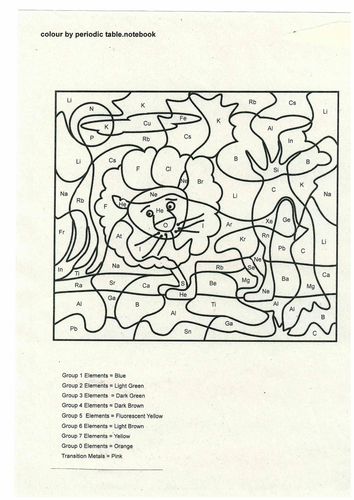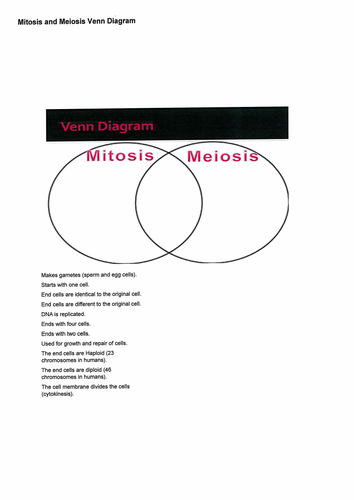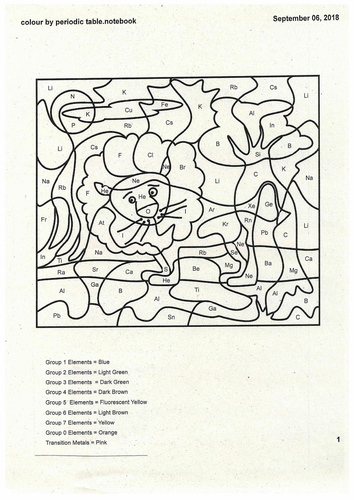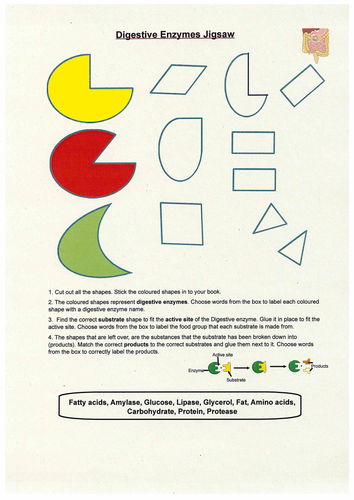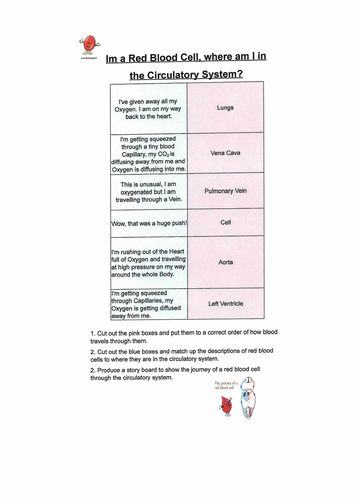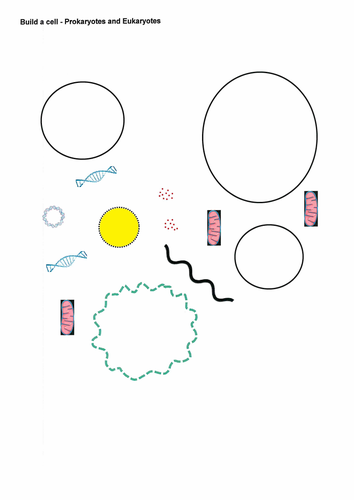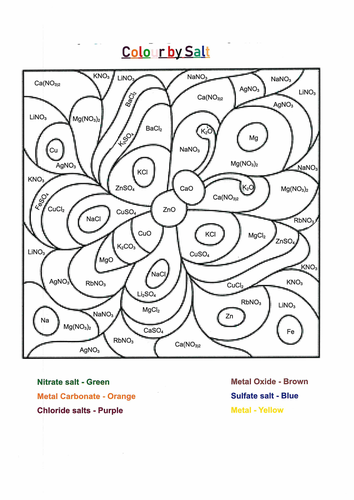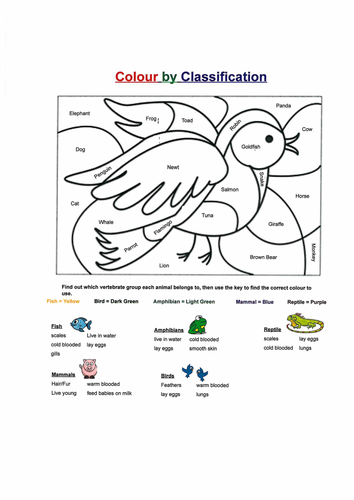Shelbu's Shop
I have taught science for the last 15 years in secondary schools. I currently work in a school that caters for students that have special educational needs and social, emotional and behavioural difficulties. I like to add to my shop any new resources I have made that have been successful with my own students.




